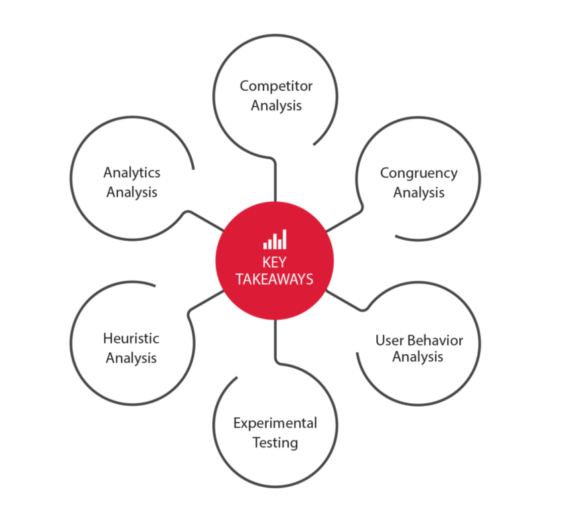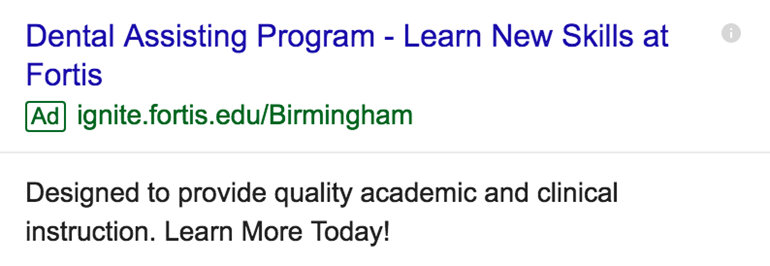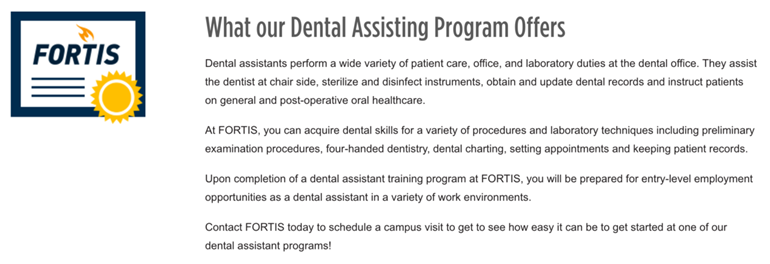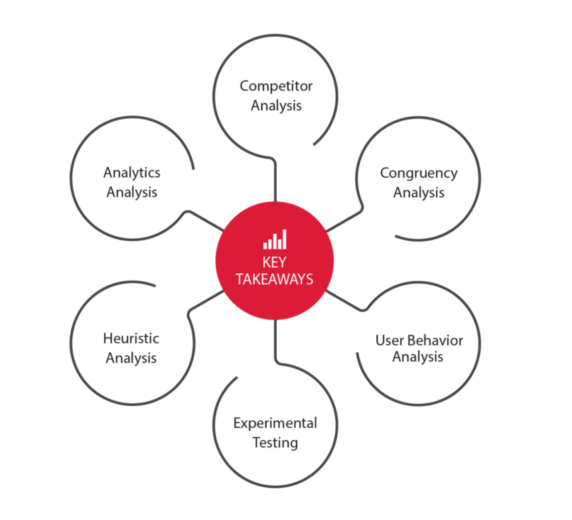All clients are different and value specific metrics more than others. One of the metrics I hear about the most is conversions. As a paid search marketer, I spend my time driving traffic to our desired landing pages, but I can’t force the user to convert. That’s when I go to our trusty CRO department and ask if we can work together to try and get our conversion rate up.
Our CRO team has written several blogs about conversion rate optimization and this particular blog from Samatha Kerr shows six different analytical paths our department takes to increase lift for our clients. The part of the graph we are going to focus on today is ad congruency and how aligning your client’s message through the initial search to the landing page can help increase that very special metric, the conversion.

Landing Page Recognition
When you first start working with your client you may find that you log many hours looking at their landing pages to make sure that you understand the business as well as the path the user will go through to convert. As good PPC heroes, we know the conversion process goes from high quality scores from the initial search, to the ad that users click, to the landing page where they happily convert. Will Larcom has the perfect blog for you if you need to dive move into quality score and account restructure.
When we first start building an account we work hard on adding keywords in our ads and make the ad copy relevant to the search and to the landing page. Once users are on that page the message should be exactly what they were looking for when they clicked on your ad.
After those first few months, you might find that you don’t rely on the landing page because you understand the business and how the user converts. It might be through CRO testing or just the client working on updating the page, but the landing page you first knew and loved with all the content you built your ads around could be gone or dramatically different. Just because you started with congruent ads doesn’t give you a reason to not go back and check out the landing page to make sure that you are on top of your congruency matters.
As with many things, communicating with your client and/or the CRO department will give you the heads up when testing is being done on the page. You don’t want to find out later that the messaging in your ads no longer exists on the page where you sent all of your traffic. That creates confusion for the user and will take a dip out of your conversion rate. We want to be proactive with ad congruency instead of reactive.
[bctt tweet=”We want to be proactive with ad congruency instead of reactive.” username=”DianeChelius”]
Ad testing
I admit that I am spoiled because we have an in-house CRO department. By working with our in-house team, we keep each other in the loop with our tests so we aren’t sabotaging each other’s results. With one of my educational clients, the CRO manager and I work directly together to create content on the landing page that shows how our client differs from the competition and to invoke an emotional response to why going to our school would benefit the user.
While the CRO team works on A/B testing with the original landing page and the newer page where most of the content has changed, I need to write ads that fit this new content. This process gives me a creative boost because of the newer messaging on the page. Working with one account for long periods of time might make any account manager feel that their ads are getting stale or generic. By working with the individual who updates the content on the landing page, you will feel a new boost of energy, allowing you to experiment with new call to actions (CTA) or to go in a different direction with your messaging.
For example, most of the ads we had created for our educational client focused on the place the campus was located and the program the user searched. This ad is direct and to the point, but if we are changing the messaging on the landing page we might as well test our ads too.

This newer ad is more descriptive about why this program is beneficial and not just located in a specific town. When the user clicks on this ad, the landing page will need to express why this dental assistant program is designed to assist clients with hands-on experience.

This second ad includes more details that entice the user to click and by seeing the same message on the landing page, will higher the chances of conversion. By looking at the ad copy, you will see that we are able to pull an example of why the program is successful right into our ad.

Final Thoughts
Many accounts start on the right track with a strong alignment between the ad copy and the content on the landing page. By working closely with your client or CRO team, you can make sure that when content is changed on the site your messaging in your ads are staying up to date. Please feel free to tweet me at @DianeChelius if you have any additional tips on how you remain congruent in your accounts.




